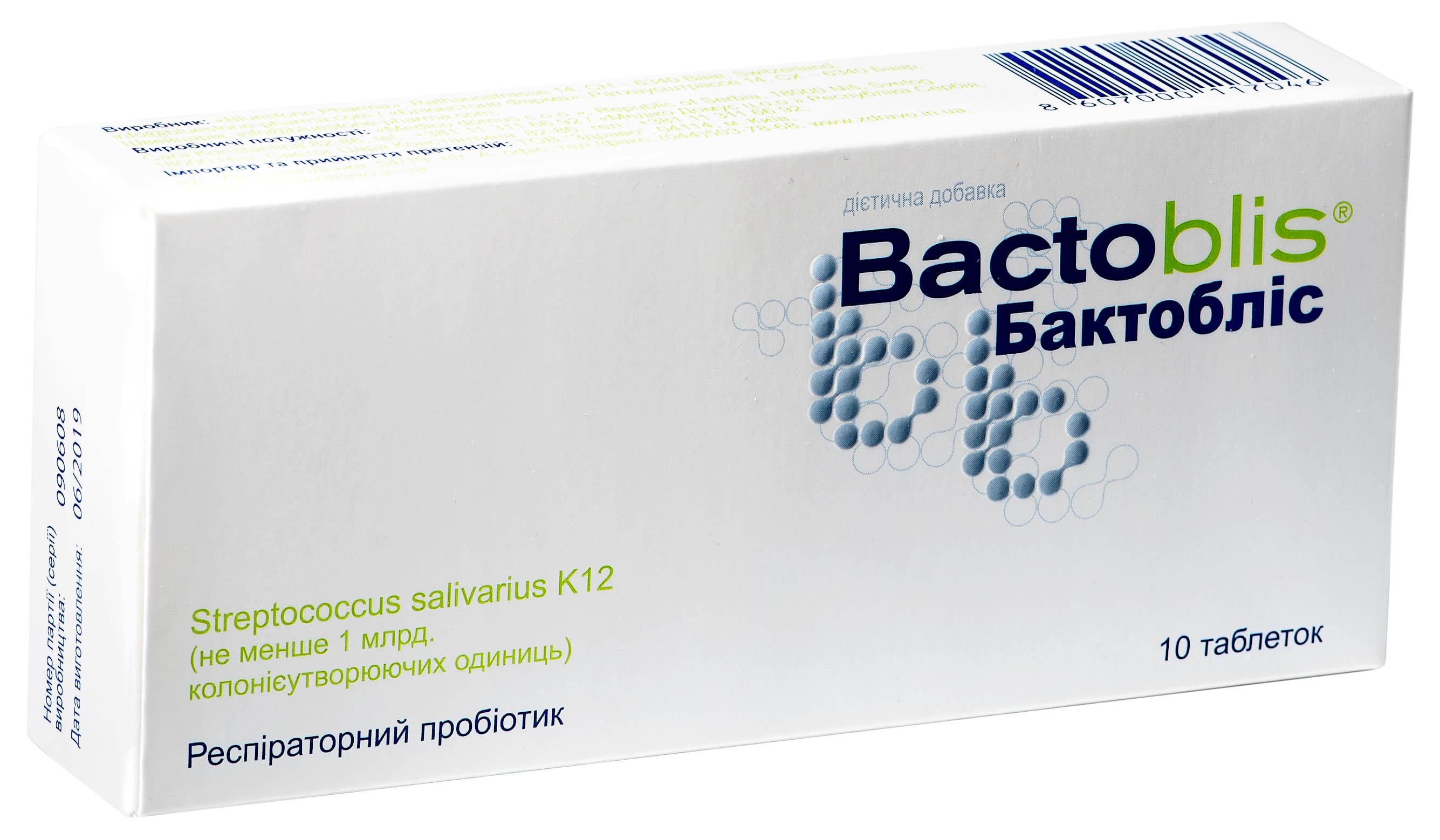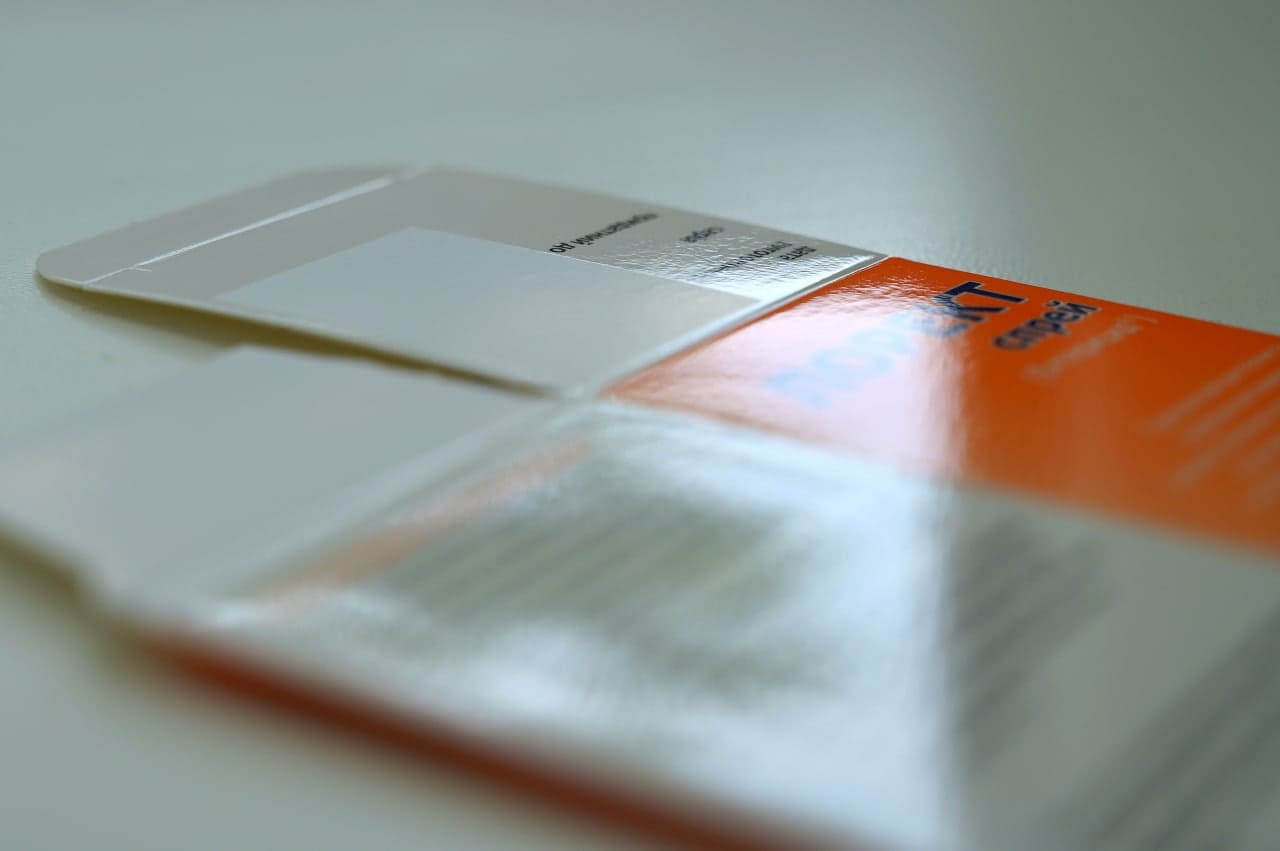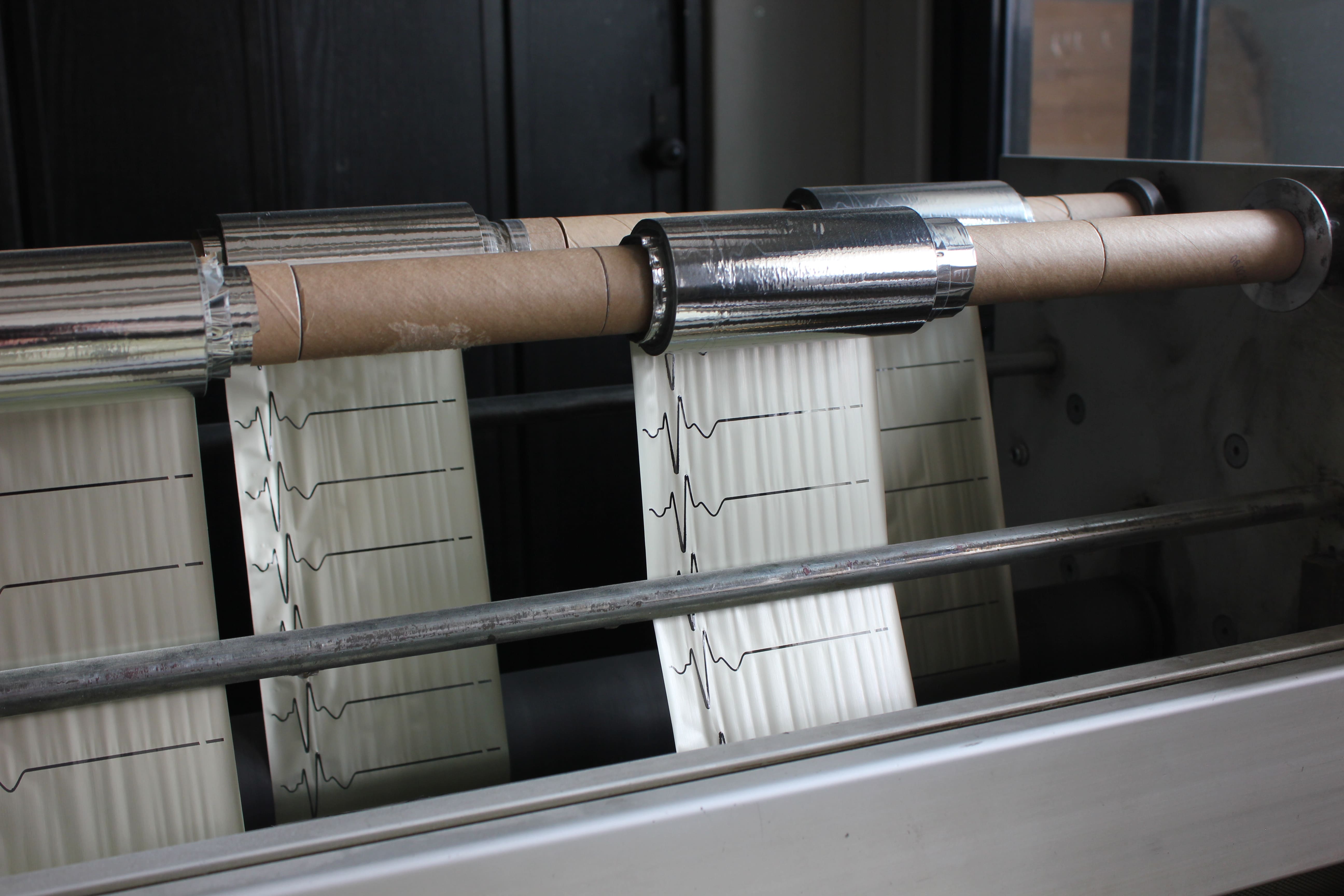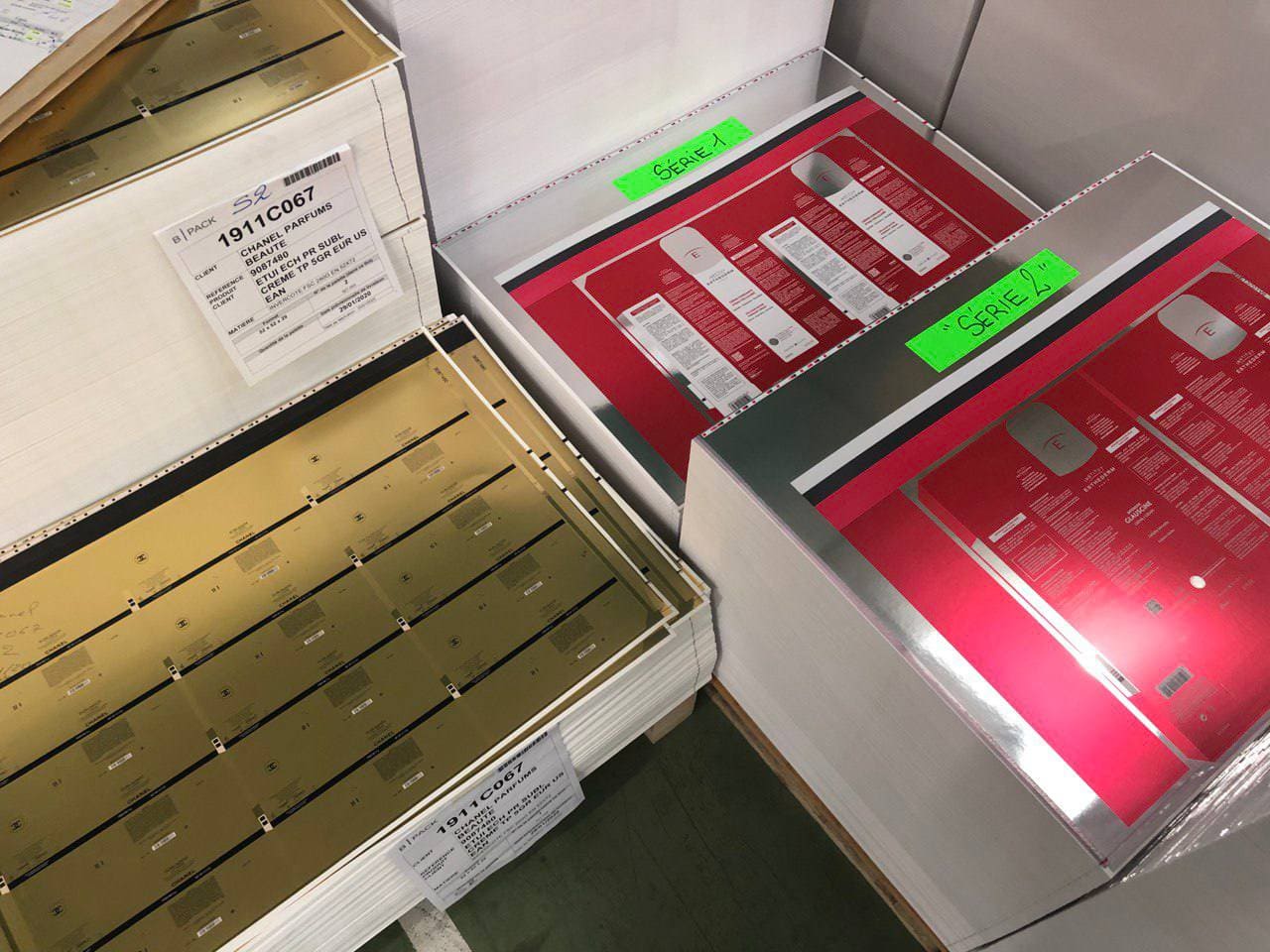How to make secondary packaging better and cheaper?

This article is an abbreviated version of the article that was published by the journal “Pharmaceutical industry” under the authorship of our company
Cardboard

In recent years, European specialists in the manufacture of packaging have been talking about the importance of using thin but solid cardboard. After all, thin cardboard with well-chosen indicators not only perfectly holds the package and tolerates any post-printing processes, but is a more economical option for packaging. The lower the density of the cardboard, the lower its price, and therefore the price of the product decreases.
Many manufacturers believe that they will be able to reduce the cost of packaging by using recycled cardboard. But it is not so. For packaging, only thick waste paperboard with high density should be used. And this immediately speaks in favor of an increase in the cost of the finished package.
The next tip is about the type of cardboard for pharmaceutical packaging. There are several types of cardboard: GC1 (cardboard with a white turnover) and GC2 (cardboard with a cream turnover). In Europe, GC1 cardboard is used for cosmetic products or those that require perfect whiteness of the cardboard. And GC2 cardboard is most often used for pharmaceutical products. GC1 cardboard is always more expensive than GC2 cardboard. But GC2 cardboard is often not inferior to cardboard of the first type, provided it is manufactured by the same manufacturer.
Conclusion: for pharmaceutical packaging, in 99% of cases, thin but firm cellulose cardboard type GC2 is best suited
Cardboard lamination

In principle, lamination is not necessary for pharmaceutical packaging, but if the customer wishes to get some special tactile sensations, it can be replaced by coating with ultraviolet varnish. Lamination increases the cost of packaging. Moreover, the cost increases by 30-50%, if you compare its cost with the use of ordinary varnish, which is applied to any packaging to protect the paint from abrasion. Moreover, Europe has already abandoned lamination and is selling its equipment for this process as much as possible to those countries where it is still acceptable.
Conclusion: it is best to abandon laminated cardboard for pharmaceutical packaging. It does not need lamination at all, but it increases the cost of production and complicates the processing process. If you want, you can replace the coating with ultraviolet varnish.
Cardboard foiling

Basically, cardboard foiling is the application of the same layer of plastic or, to put it another way, lamination, but with a metallic sheen. In fact, such foiling also greatly increases the cost of manufacturing packaging and is not suitable for recycling. Today, there is a solution for such a design by using special machines that work on the principle of transferring only the layer with a metal coating.
Conclusion: it is better to abandon the foiling of packaging with the use of film.
Color in the package

The more colors that need to be applied to the packaging, the more expensive it will be to manufacture. Even if it's a small circle or a few dots or just a drop shadow effect.
Conclusion: everything that can be done with SMUK paints, do with SMUK paints. Let your employees remember two words: economy and ecology.
Valeriia Grankina, CEO Slavena LLC (Ukraine, Kharkov)
